Military Knowledge: FS-LIDS And M-LIDS Anti-Drone Systems

The LIDS system, short for Low Integrated Defeat System, is a US anti-drone system to deal with small drones, which consists of a set of radar, electronic warfare system, electro-optical and infrared camera and Coyote loitering munition to identify and destroy targets. This system can be used in both fixed (FS-LIDS) and mobile (M-LIDS) modes for short-range and regional defense.
In January 2020, the US Department of Defense established the joint counter-small unmanned aircraft systems office to test more than 40 counter-UAS systems. Finally, this office proposed a solution in the form of FS-LIDS and M-LIDS for fixed and mobile missions to deal with micro-UAVs.
This system has two types: FS-LIDS stands for Fixed Site-Low, Slow, Small Unmanned Aircraft System Integrated Defeat System and M-LIDS stands for Mobile-Low, Slow, Small Unmanned Aircraft Integrated Defeat System. As their names suggest, FS-LIDS are fixed and M-LIDS are a mobile system; But both systems have common components.
This system is made of a combination of AN/TPQ-50 air surveillance radar or KuRFS radar, as well as an anti-drone electronic warfare system, an electro-optical and infrared camera, and Coyote drones. All these parts help the system to identify small drones that are moving at a low altitude, classify them and act to destroy and shoot them down.
It should be noted that any of the fixed FS-LIDS models or the mobile M-LIDS models can use the aforementioned radars.
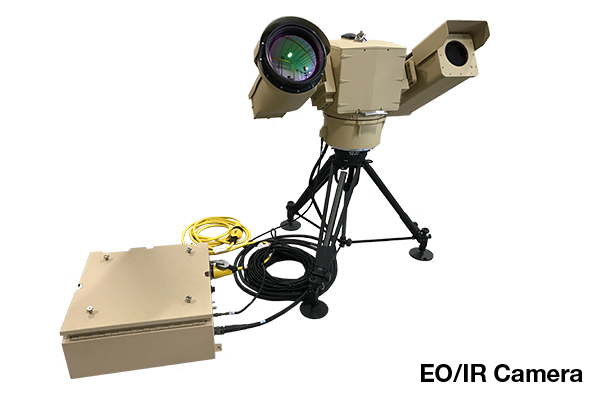
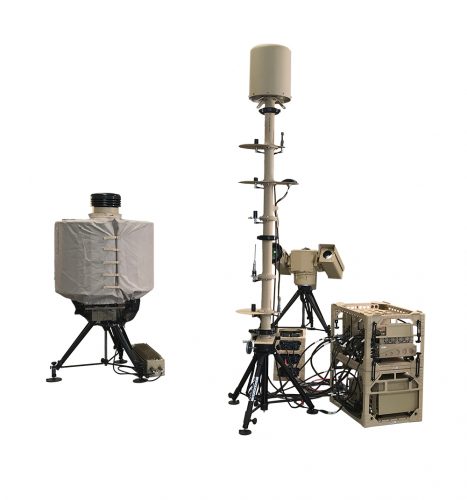

The M-LIDS has a 30 mm automatic cannon that is mounted on the Oshkosh armored vehicle. Due to the possibility of synchronizing the radar with the 30 mm cannon, it is possible to use this cannon to repel UAV attacks in the last layer.

Also, in another model of this system, the ground-based model of the Phalanx close-in weapon system known as C-RAM has been used. In fact, the C-RAM anti-aircraft system is an independent protective layer that can be used in the last layer of interception.
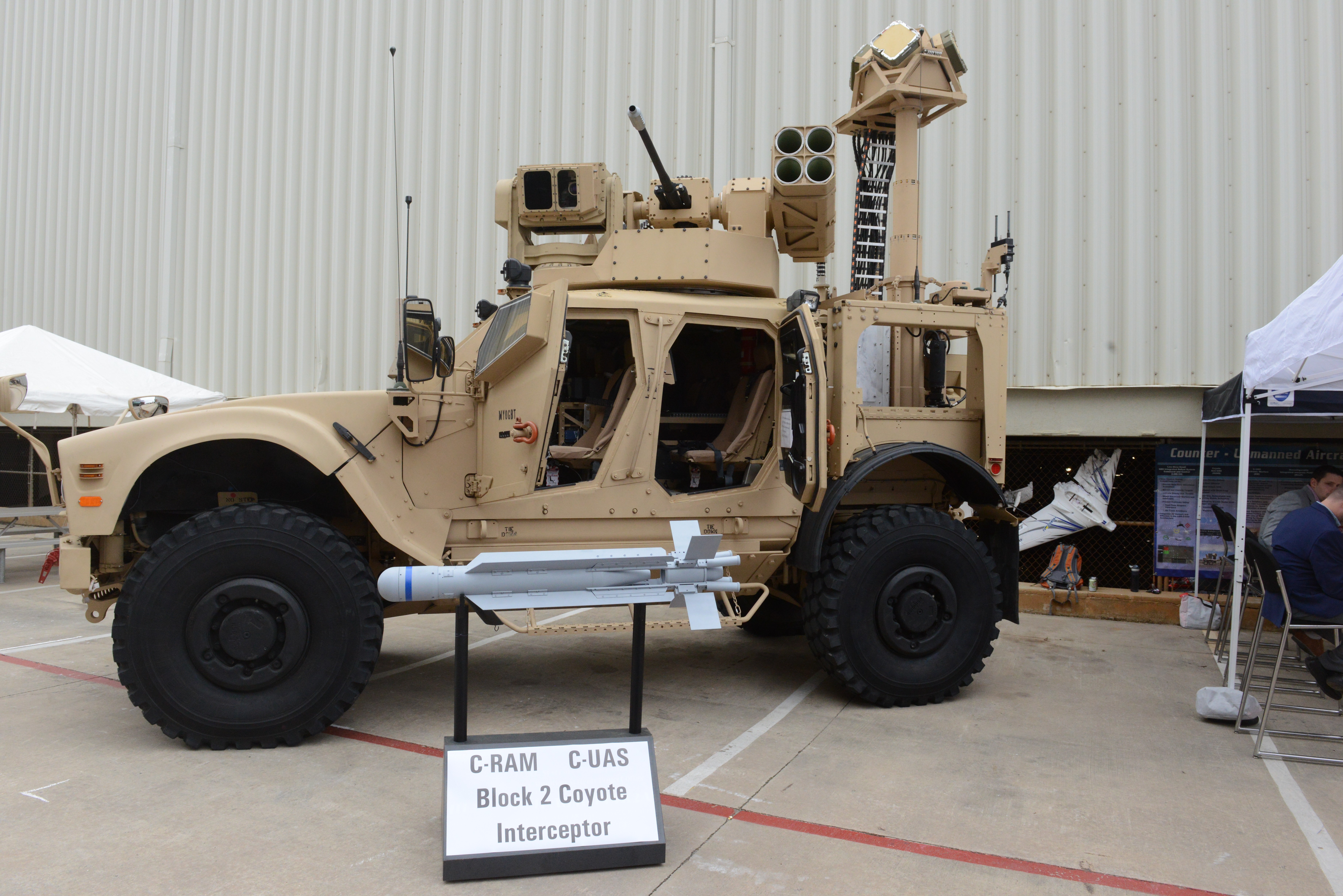
AN/TPQ-50 air surveillance radar:
The AN/TPQ-50 is a lightweight counter-fire phased array radar manufactured by the American company SRC Inc. This radar, which was developed based on the AN/TPQ-48 radar, was made to detect artillery and mortar shells, rocket launcher systems such as MLRS, and to detect the firing location of all types of artillery. This radar provides continuous 3-D, 360 degree surveillance along with the ability to identify targets from a distance of 10 to 15 kilometers. This radar can be easily installed on armored vehicles or fixed tripods in the shortest possible time.
AN/TPQ-50 radar is installed and used on the FS-LIDS and M-LIDS system, which, due to its high detection power in detecting small artillery targets, also has a good detection ability in finding small drones.
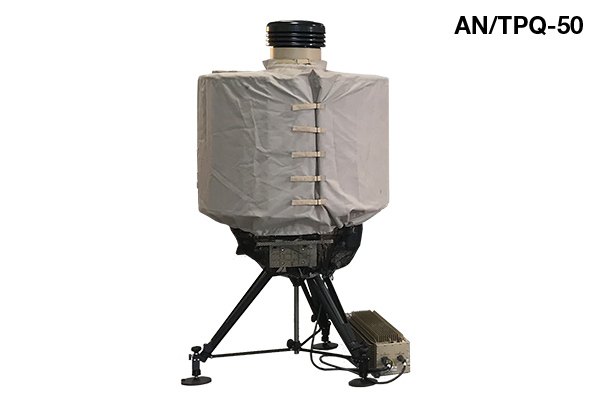
KuRFS air surveillance radar:
KuRFS radar, short for Ku-band radio frequency system, is produced by Rayton company. This radar is a multi-mission, 3-D and 360-degree radar with continuous operation capability. This radar is designed to defend against rocket, artillery and mortar attacks and has been tested and used in the battlefields such as Iraq and Afghanistan wars. Today, the KuRFS radar is also used as an anti-drone air system radar. The radar is compatible with several weapon systems, including the C-RAM weapon system, 50-caliber cannons and 30 mm cannons, as well as support for high-energy lasers and Coyote drones.
The KuRFS radar uses a radar sensing technique called the Ku-band active electronically scanned array (AESA). This feature provides high resolution imaging and is an important part of tracking smaller flying objects. This radar uses many small antennas instead of one powerful antenna to allow better control. The KuRFS radar is deployed within 30 minutes, either at a fixed location or on a vehicle.




Coyote drone:
Raytheon Coyote is a small, expendable, unmanned aircraft system with the capability of operating in autonomous swarms or used as part of a group of drones to perform missions such as electronic warfare, surveillance. This UAV is manufactured by Raytheon Company and is produced in three blocks 1, 2 and 3.
Coyote-1 has a weight of 5.9 kg, a warhead of 1.8 kg of kinetic energy, as well as a proximity fuse and a fragmentation explosive, a length of 60 cm and a wingspan of 1,473 meters, and with the use of an electric motor, the speed is equal to 130 km/h.

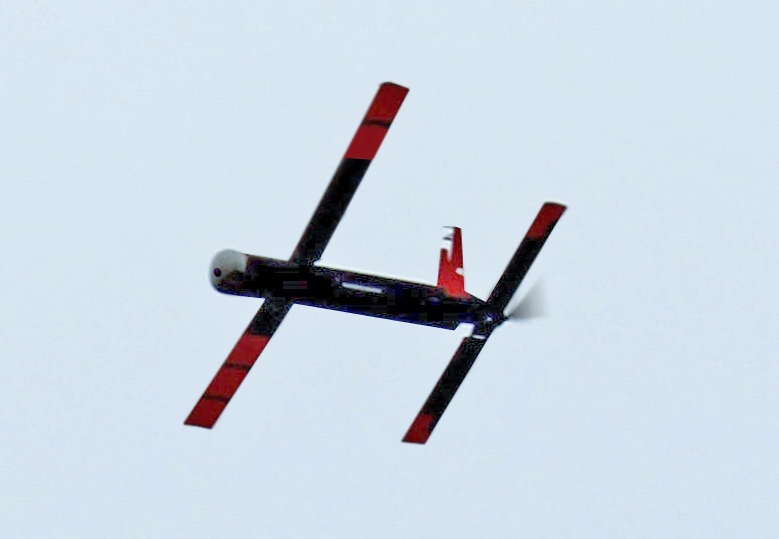
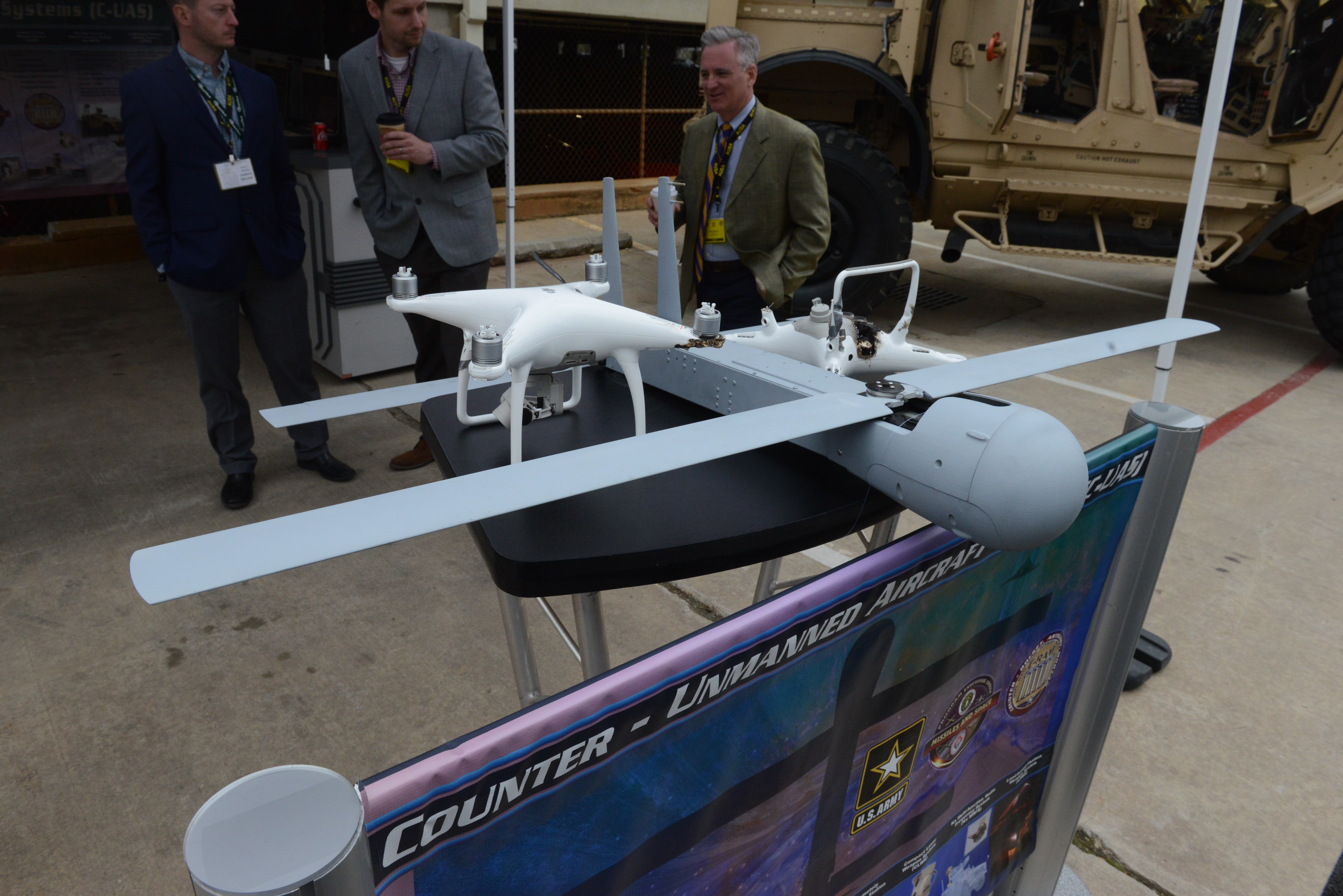
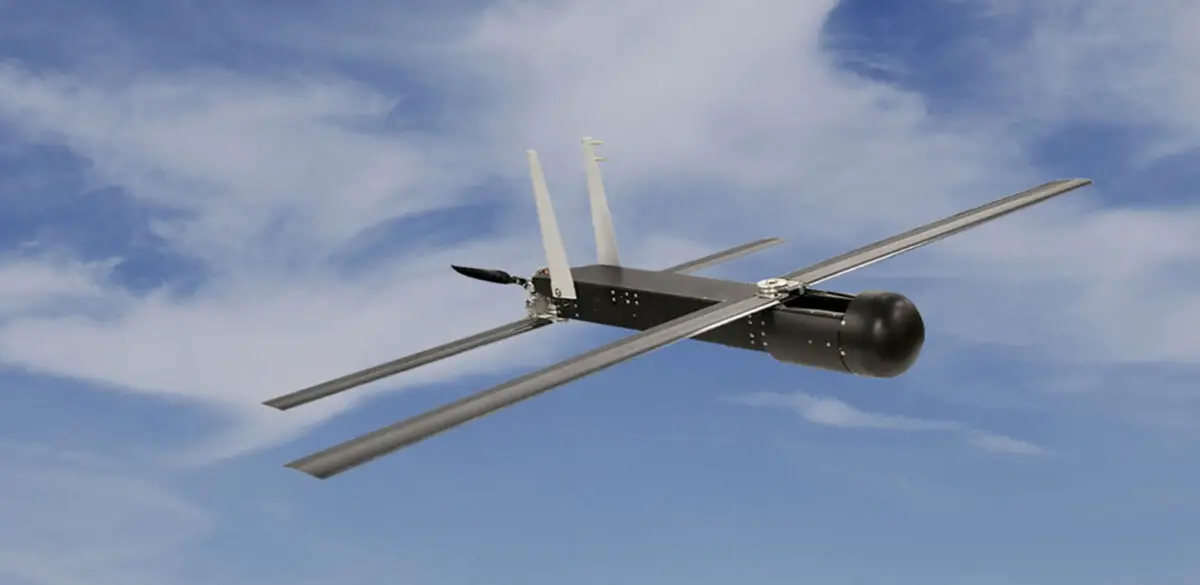
In Block 2 version or Coyote-2, a jet engine has been used instead of an electric engine, which has increased the speed of this drone to 555 km, its range to 15 km, and the flight ceiling to 30,000 feet (if the weather is favorable). As a result, Coyote-2 can neutralize threats at longer ranges and higher altitudes.
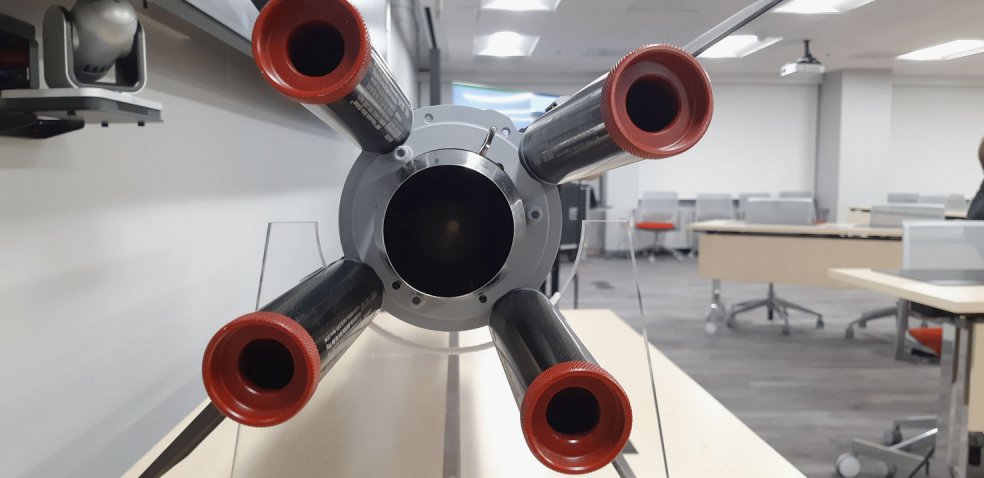
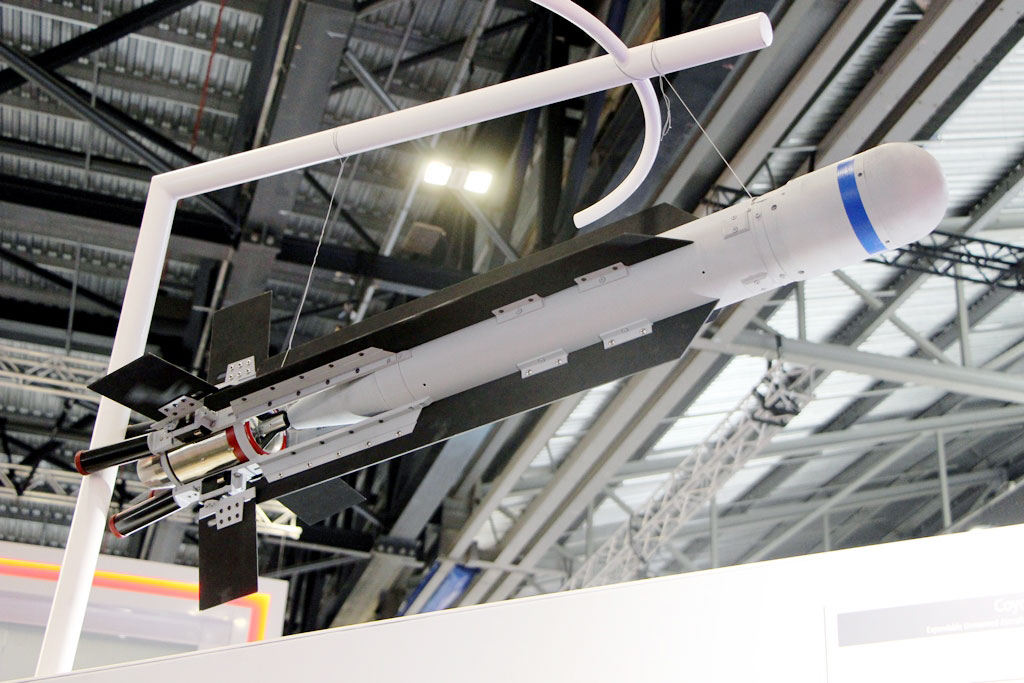

In Block 3 version or Coyote-3, a different and non-kinetic warhead is used. This type of warhead reduces the possibility of collateral damages and unlike the previous models which are disposable, it provides the possibility of recovery and reuse for Coyote 3. In fact, the Coyote 2 has a more traditional design similar to conventional drones with conventional wings. Coyote-3 uses an electric motor like the first version, but it is bigger than Coyote-1 in terms of dimensions and size.
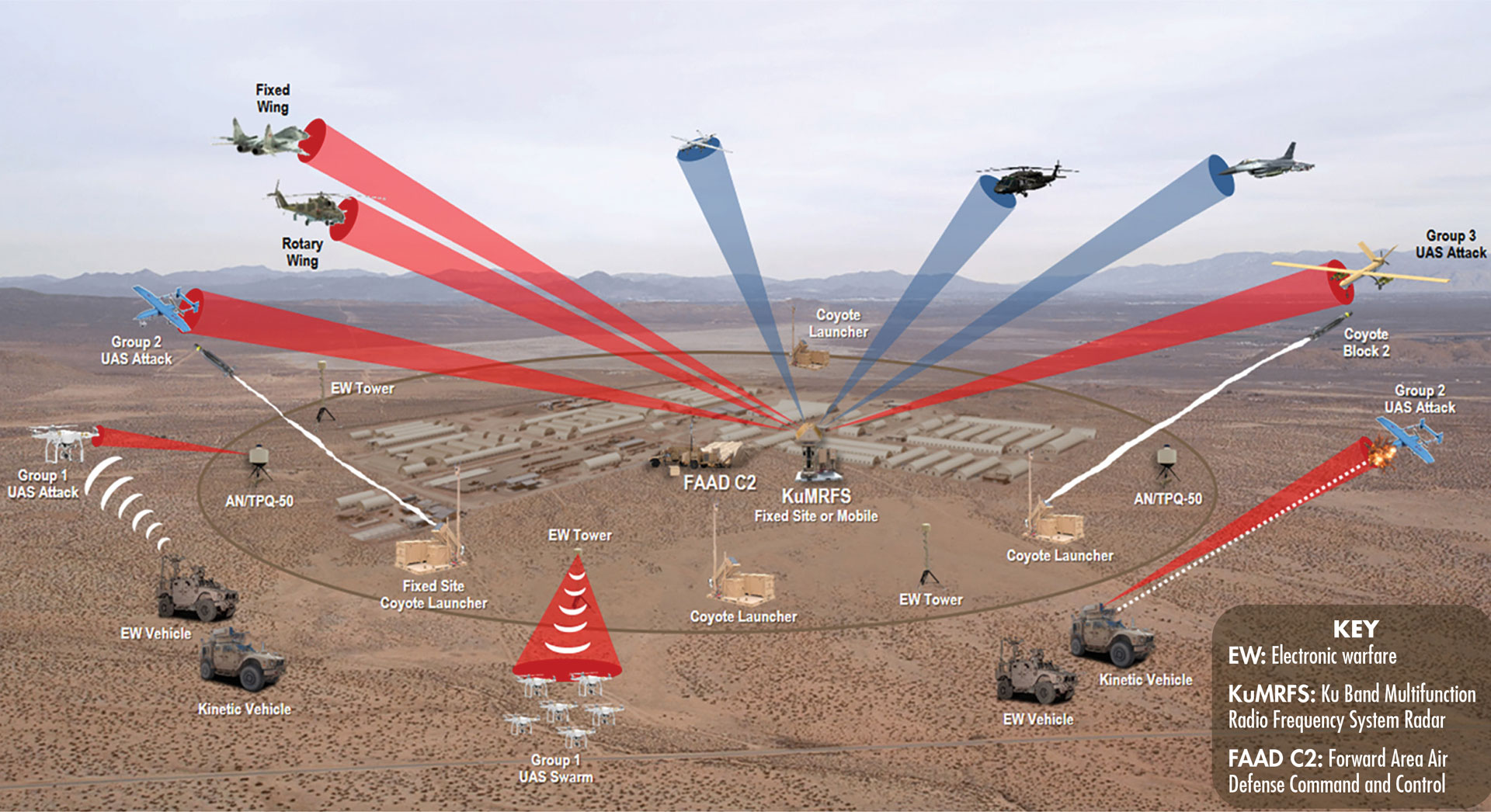
Export
In 2022, the US State Department announced Qatar’s request to purchase this system. According to the available information, Qatar is looking to purchase 10 LIDS systems, which include 200 Coyote drones, electronic warfare platforms, radars and other equipment of this system with the support of American contractors. The value of this contract is estimated at 1 million dollars, and the US Defense Security Cooperation Agency has stated that the main contractors of this contract will be Raytheon, Northrop Grumman and R&D SRC. In this way, Qatar became the first country to purchase the LIDS anti-aircraft system from the United States.
Technical specifications of FS-LIDS and M-LIDS system components:
Coyote 1:
Length: 60 cm
Wingspan: 1,473 meters
Speed: 130 km/h
Weight: 5.9 kg
Warhead: 1.8 kg
Engine: Electric
Coyote 2:
Length: 0.91 meters
Wingspan: 1,473 meters
Speed: 550 km/h
Warhead: 1.8 kg
Coyote range: 15 km
Flight altitude: 30,000 feet (6,000 meters)
Engine type: Jet
KuRFS radar:
Role: determining the coordinates of the enemy’s artillery position, controlling the airspace in the form of an anti-UAV system
Target detection range: against small drones up to 16 km and 100 km to detect aircraft and helicopters
Radar type: continuous 3D and 360 degree phased array radar
Operating frequency: 14.5 to 16 GHz
Radar frequency: Ku
AN/TPQ-50 radar:
Role: determining the coordinates of the enemy’s artillery position, controlling the airspace in the form of an anti-UAV system
Radar frequency: L
Target detection range: up to 10 km (effective), up to 15 km (maximum).
Launch position detection accuracy: 50 meters at a distance of up to 15 km, depending on the type of weapon and trajectory, the accuracy may deteriorate.
Target tracking: Multiple targets in 3D
Support for IP networks: Yes
Power required: AC 110/240V, 3000W, 50-400Hz or 24V DC supply.
Power consumption: 1200 watts
Weight: less than 500 pounds (< 227 kg)
Height: more than 2 meters (on a tripod)
Diameter: about 102 cm
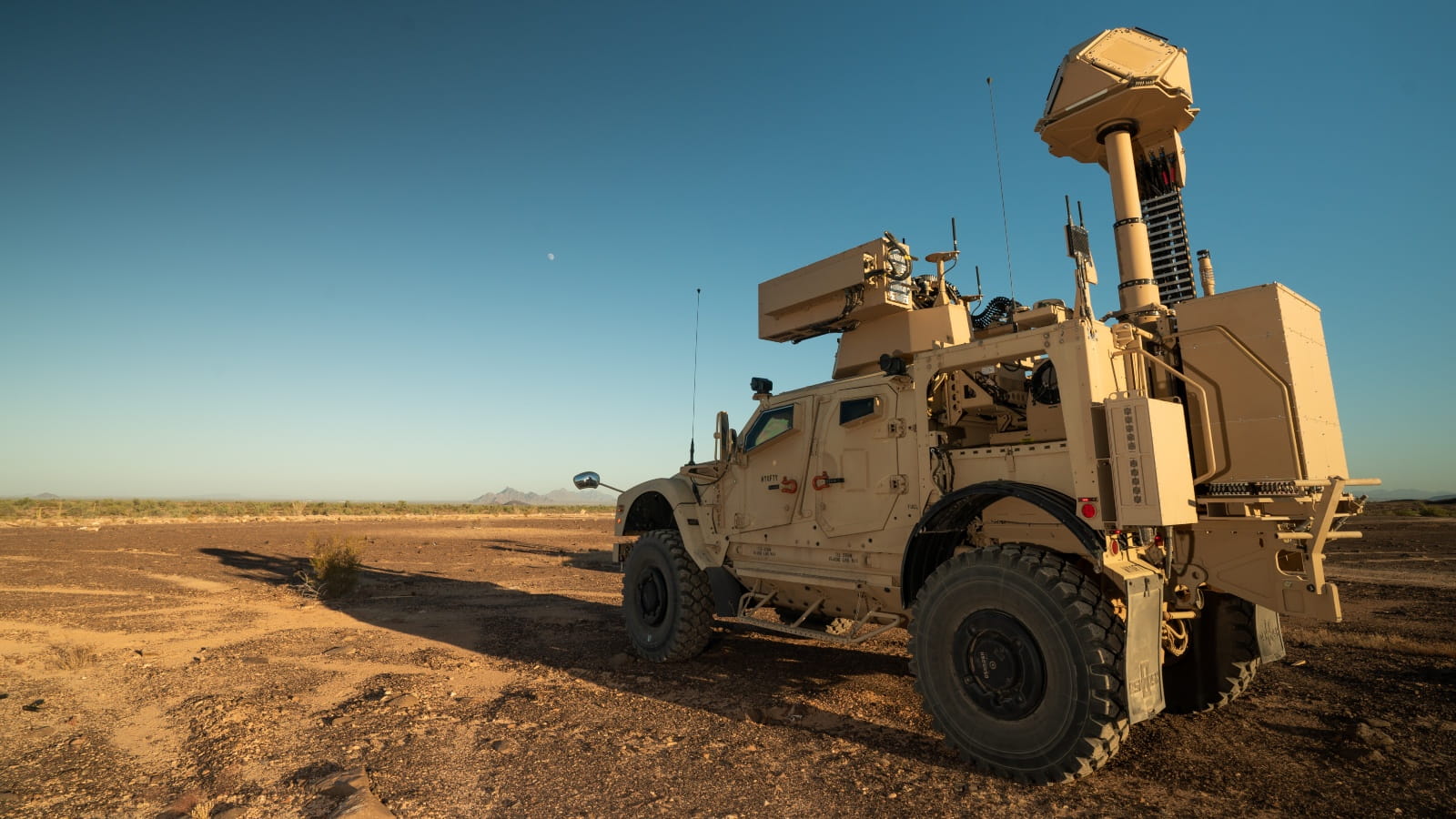


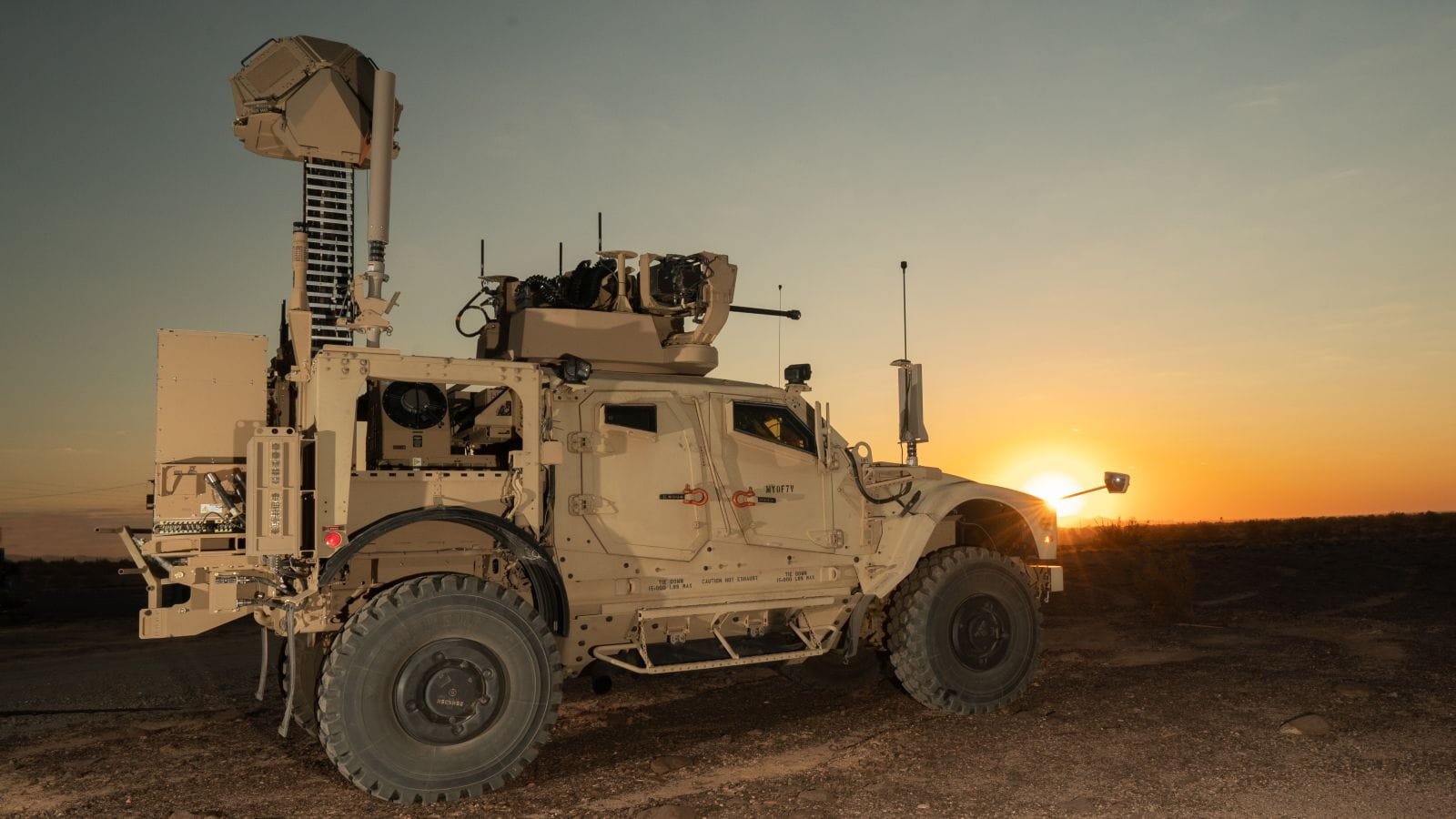
Source:
US defence agency selects FS-LIDS as interim counter-sUAS solution for military
US JCO selects FS-LIDS as interim counter-sUAS solution for military
Counter-UAS Technology LIDS
LCMR Counterfire Radars | SRC, Inc
Meet the US Army’s LIDS: A sure shot against drones
KuRFS: Ku-band Radio Frequency System
Raytheon Coyote – Wikipedia
M-LIDS – Mobile-Low, Slow, Small Unmanned Aircraft Integrated Defeat System
Conceptual Design of a Semi-Dual Polarized Monopulse Antenna by Computer Simulation
Birds, Planes, Drones – KuRFS Radar Can Spot Them All
AN/TPQ-50
US Army approves Raytheon’s Coyote Block 2 C-UAS for foreign sales
Army’s air, missile defense countering UAS threat in multiple ways
US approves potential $1 billion counter-drone tech sale to Qatar

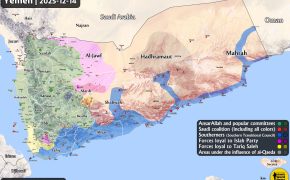


Comment